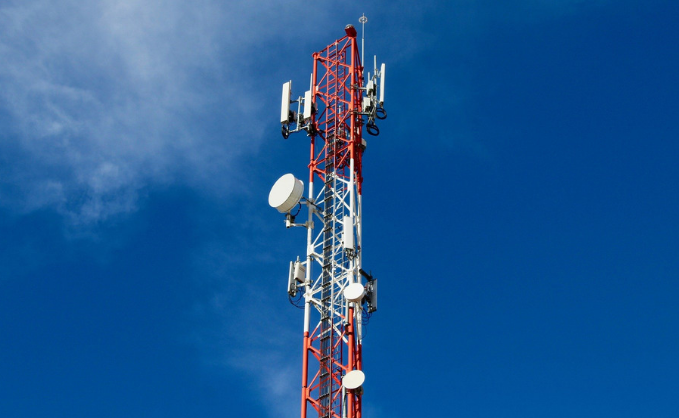5 common concerns about moving to SIP...and why you don´t need to worry!
When first considering a new technology for your business, there are any number of variables you need to consider. SIP trunking and Voice over IP (VoIP) telephony is no different.
Fortunately, many of these concerns are unfounded. Here are 5 of the top SIP trunking myths debunked.
1. Poor call quality
For many people their first and only experience of VoIP is using consumer-focused services like Skype.
Although these free tools are generally adequate for home users, businesses cannot afford the glitches that are often encountered. Poor latency, jitter and packet loss all create an unsatisfactory user experience for you and your customers.
Where callers are unable to hear each other clearly there is always the risk that important details could be missed, creating a negative overall impression of your business. Business-grade SIP trunks provide a call service that is comparable to the ISDN lines used by most business phone systems. By paying for a business-grade VoIP solution you will benefit from:
- Enterprise-grade infrastructure to power the service and ensure call quality.
- Dedicated support teams to maintain stringent SLAs and QoS.
2. Too Expensive
Many people assume that new technology commands premium prices. However, with SIP trunking this is not the case and, for the majority of businesses, moving to a SIP trunking solution can help make significant cost-savings on telephony.
With SIP you no longer need expensive ISDN lines so you’re not paying for lines you don’t use. SIP trunking can even be used alongside your existing ISDN connections to ensure a smooth transition. Your business may be able to realise additional cost-saving benefits like reduced or free calls to fixed landlines depending on the SIP trunk provider and services used.
3. SIP is too New to be Trusted
Many decision makers assume that as they are unfamiliar with SIP-related technologies, it cannot be trusted. Because they are familiar with ISDN and it has served their business well for many years, they assume that they have no need for an “unproven” technology.
VoIP and related IP-based solutions have been used by many businesses successfully for years. In fact, research shows that 35% of companies believe SIP trunking to be the most important telephony system.

4. Too Much Hassle
Historically, replacing any system with a newer version can be time and resource intensive.
There are also concerns that the time taken to realise any cost savings will not be worth the effort to change. So logically, many businesses wrongly assume that the switch to SIP trunking will be the same.
But the switch to SIP trunking is surprisingly easy:
- No new lines required – SIP trunks can use your existing broadband connection or can run over a dedicated voice circuit with attached service level agreements.
- As SIP is a direct replacement for ISDN, doing away with your existing ISDN lines will create spare bandwidth.
- Scalability - if your business is seasonal, you may need to add and remove capacity as and when required without having to order additional physical lines. SIP can accommodate these requirements, making your life easier during these busy periods.
5. Our Existing Comms Provider Doesn’t Recommend SIP
Many businesses have had long and successful relationships with their current comms provider. So, if said supplier doesn’t recommend SIP trunking solutions, you can rationally assume that VoIP has nothing to offer your company.
Unfortunately, many of the big telecoms providers may not be acting in your best interests to protect their own. Incumbent operators will have invested heavily in their infrastructure, mostly in terms of ISDN. So, if you move away to cheaper, better value services you could be costing them more than just your custom.
So regardless of the length of your relationship, is it really as good as you think if they aren’t recommending newer cost-effective technologies like SIP trunking?
Those 5 SIP trunking myths debunked again:
- SIP call quality is at least comparable to ISDN.
- SIP provides cost savings through greater efficiency – it is cheaper than ISDN in the long run.
- SIP is a proven technology that is trusted by thousands of companies across the UK.
- SIP adoption is one of the easiest technical migrations and definitely worth any limited inconvenience.
- Your comms provider may have a vested interest in keeping you on your existing ISDN technology that is costing you more than it should.
If you would appreciate any advice on the implications of ISDN withdrawal or migration to SIP, feel free to contact us to assist with the project.



